What do you enjoy doing outside of work?
I’ve been a running competitively ever since I was twelve when my dad and I decided to train for a 10k race. I ran cross-country and track & field in high school and college and still run road races to this day. I’ve learned so much from training and competing, had a lot of enriching and humbling experiences, and met a lot of great friends along the way. Now that I’m in my 50’s, I still get a lot out of running. I’m just a lot slower at it.
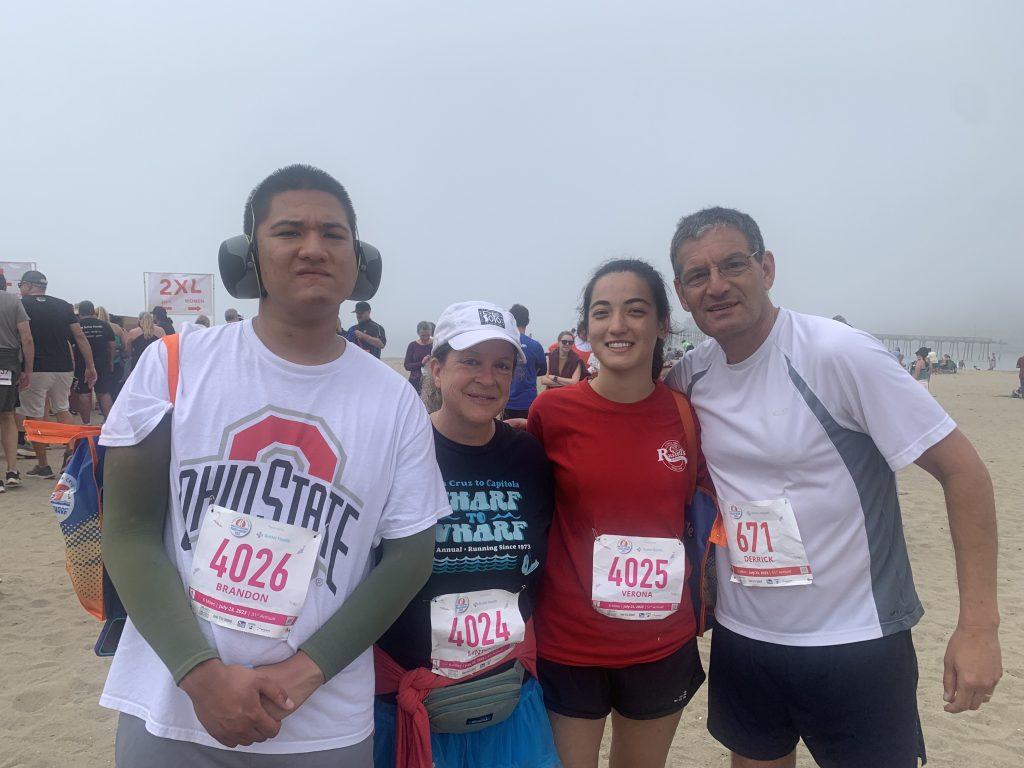
What brought you to Ophir?
For ten years, I worked for a small optical test and measurement company called Photon in San Jose, California in the United States that specialized in scanning aperture beam profilers. Then one morning in 2010, I get an e-mail that there would be a company meeting that afternoon, with no further explanation. I go to the meeting and there’s former Ophir GM Moty Gelbman, explaining that Ophir would be acquiring Photon and welcoming us to the new organization. Ophir was our biggest competitor, and I was nervous about what might happen in the acquisition. But Ophir needed a representative to cover Northern California full time, and I fit right in. It’s been a great ride ever since, and I’m still proud that the NanoScan, which was Photon’s flagship product, is still a significant part of Ophir’s business.
What is your favorite part of your work?
Photonics is just a vibrant technology that impacts the world in all sorts of different ways, and it’s really fulfilling to work with the innovators which make that happen. I still get a kick whenever I see people on the street using consumer devices that Ophir equipment is used to manufacture. A lot of life saving surgical equipment and medical devices rely on Ophir equipment to ensure optimal performance and patient safety. Innovative laser-based manufacturing and 3D metal printing relies on Ophir equipment to ensure high yields and good product quality. People continue to do interesting, novel things with lasers and optics and working with them to get the results they need to create the world’s new innovations keeps me going every day.
How do you keep up on the latest developments in photonics?
I wish I had time to read more about developments in photonics, but it’s from customers that I learn the most. We have a lot of collaborative partnerships with our customers, who are willing to share a lot about what they do and what they need from Ophir to be successful. I often learn what the critical problems are in an industry from what customers tell me and what they need from Ophir to help overcome them. Our customers are doing all sorts of cool things! It’s great to learn from them all the neat stuff people are doing with lasers.
What are the most common challenges in laser measurement you see?
Back when I started in this field over twenty years ago, the hardest laser measurement challenges were characterizing small divergent semiconductor lasers and multi kWatt lasers at focus. And these are still the most challenging lasers to measure today but Ophir has made a lot of progress in making them easier to characterize. And that’s really important, because the easier lasers are to measure, the more people will be willing to invest in resources to get the data they need to understand and make good decisions with their lasers. That’s a rewarding part of being with Ophir, because measuring lasers can seem daunting to a lot of people, but they need to understand them to get the most out of their laser investments. Ophir continues to innovate so more and more people can do that.





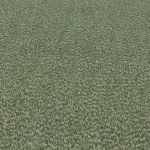
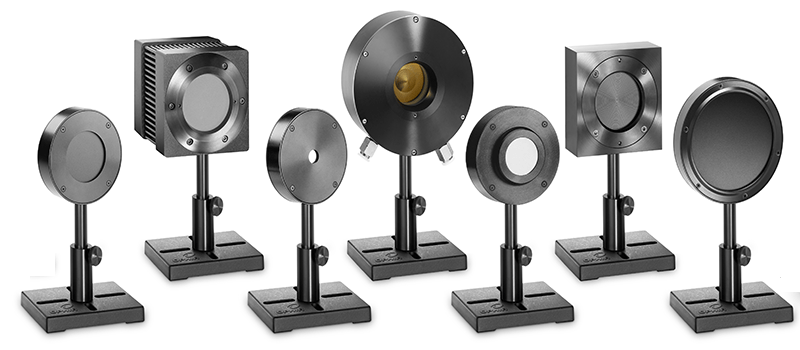
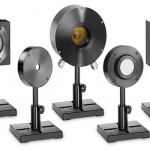
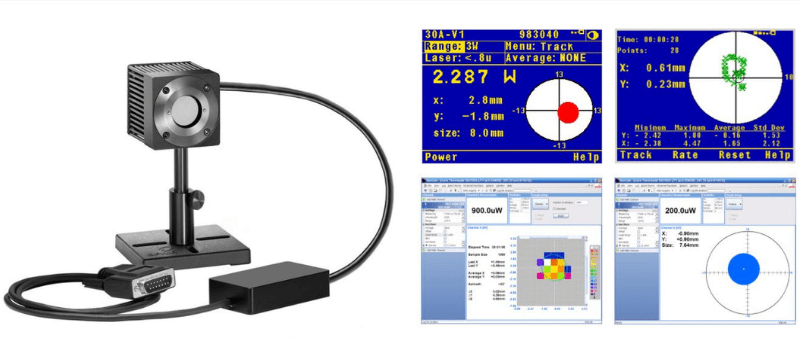
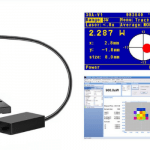

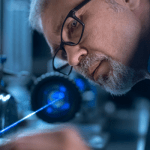
Leave a Reply
Your email address will not be published. Required fields are marked *